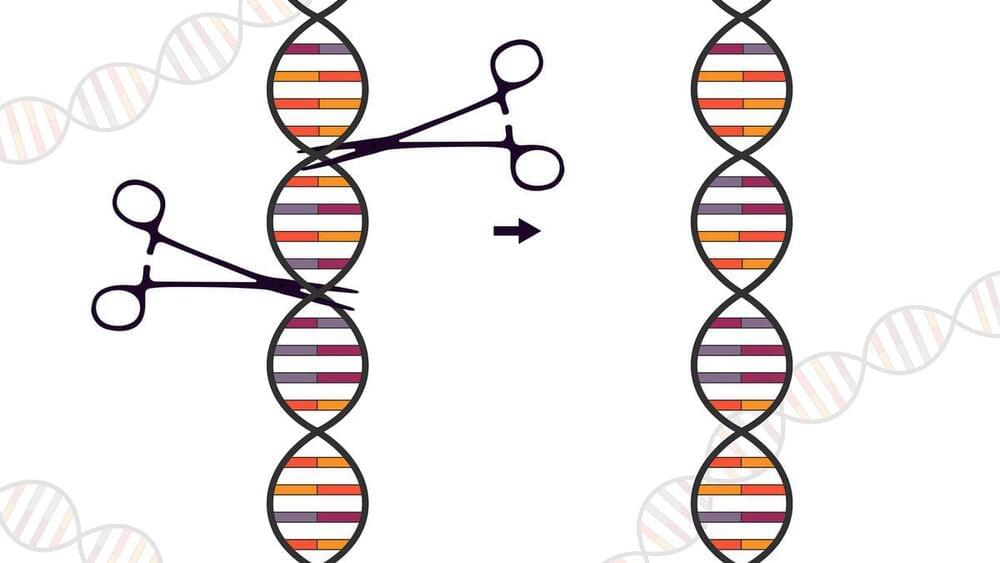Shoppers can now get at a Walmart in Delaware — and more of the walk-in clinics are set to open in 2024.
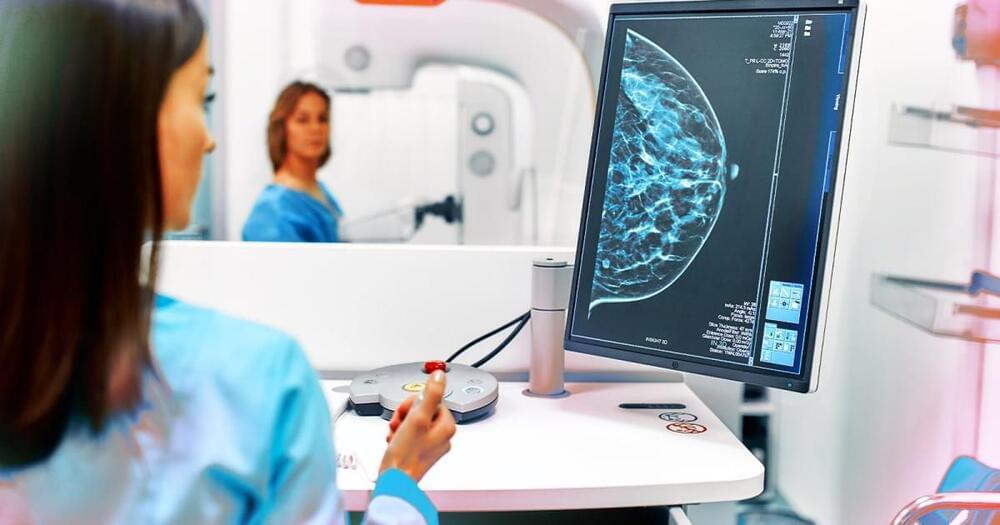


“Electric water heaters offer a cheap way to store large amounts of energy, in the form of hot water. A heater with a 300-litre tank can store about as much energy as a second-generation Tesla Powerwall – at a fraction of the cost.”
Australia’s energy transition is well under way. Some 3 million households have rooftop solar and sales of medium-sized electric cars are surging. But as we work towards fully electric households powered by renewable energy, have we overlooked a key enabling technology, the humble electric water heater?
About half of Australian households use electric water heaters, while the rest use gas. So what’s so great about electric water heaters?
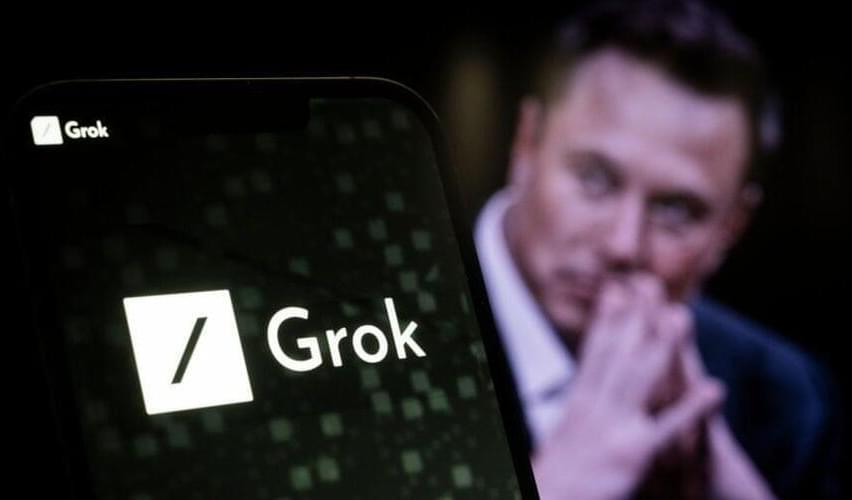
Watch live coverage as SpaceX launches a Falcon 9 rocket with 23 second-generation Starlink internet satellites. Liftoff from pad 40 at Cape Canaveral Space Force Station is scheduled for tonight at 11:01 p.m. EST (0401 UTC). The first-stage booster, making its third flight, will land on the drone ship ‘A Shortfall of Gravitas’ about eight and a half minutes into the flight.\
Our live coverage from Cape Canaveral, with commentary by Will Robinson-Smith, will begin about an hour before launch.\
Videos like this are made possible by the support of our members. Join this channel to get access to perks:\
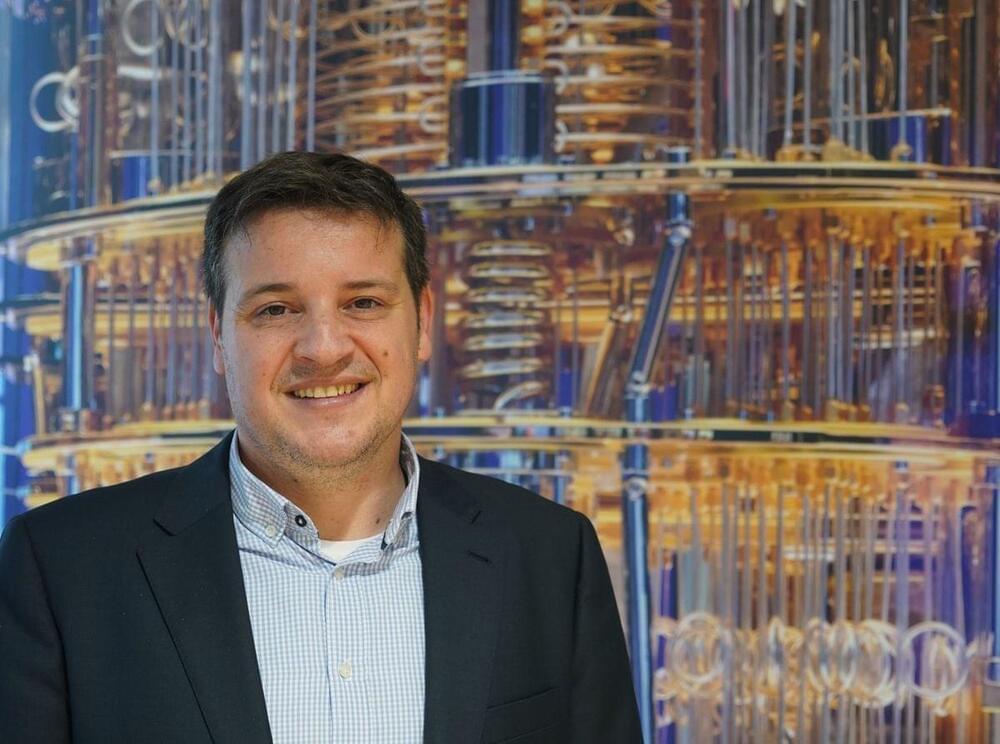
Juan Bernabé-Moreno is IBM’s director of research for Ireland and the United Kingdom. The Spanish computer scientist is also responsible for IBM’s climate and sustainability strategy, which is being developed by seven global laboratories using artificial intelligence (AI) and quantum computing. He believes quantum computing is better suited to understanding nature and matter than classical or traditional computers.
Question. Is artificial intelligence a threat to humanity?
Answer. Artificial intelligence can be used to cause harm, but it’s crucial to distinguish between intentional and malicious use of AI, and unintended behavior due to lack of data control or governance rigor.
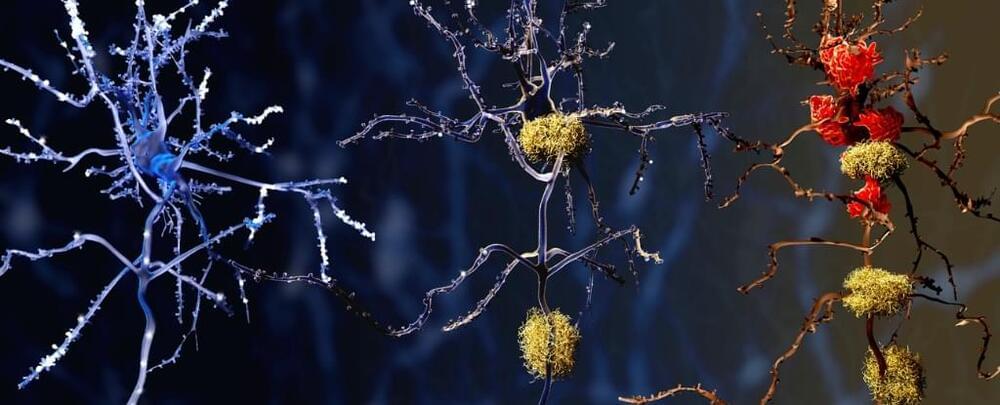
Analysis of human brain tissue reveals differences in how immune cells behave in brains with Alzheimer’s disease compared to healthy brains, indicating a potential new treatment target.
University of Washington-led research, published in August, discovered microglia in the brains of people with Alzheimer’s disease were in a pre-inflammatory state more frequently, making them less likely to be protective.
Microglia are immune cells that help keep our brains healthy by clearing waste and preserving normal brain function.

NASA’s Perseverance rover has spent more than 1,000 days on the surface of Mars – but it’s still unearthing new details about the planet.
Most recently, it’s been shedding light on an ancient lake and river delta which could help solve fresh mysteries about the planet’s past.
Crucially, it could also reveal whether life ever existed there.

Step back 54,000 years to a remarkable discovery that rewrites our understanding of early human society.
In the depths of Siberia’s Chagyrskaya Cave, scientists have uncovered the lives of a Neanderthal family, offering an unprecedented glimpse into our closest ancient human relatives.
This discovery isn’t just about finding bones; it’s a portal into the daily life, social structures, and even the hearts and minds of a species that walked the Earth alongside us.
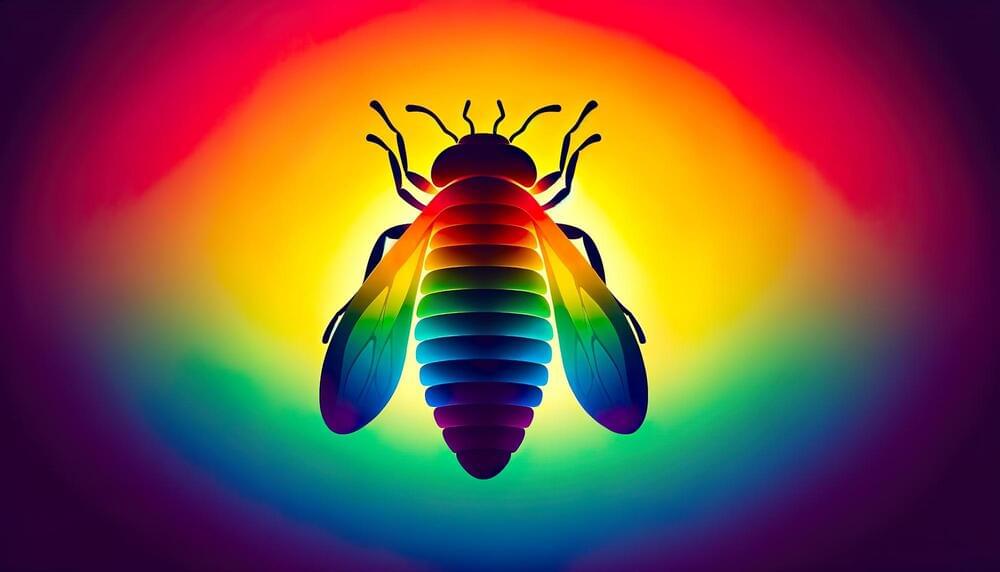
Prehistoric insects, with their delicate and soft bodies, are challenging to preserve as fossils. While wings are more commonly fossilized, the bodies of these insects are often fragmented or incomplete, posing difficulties for scientific study. Paleontologists often rely on trace fossils to learn about these ancient insects, which are almost exclusively found as traces on fossil plants.
“We have a great fossil plant record,” said Richard J. Knecht, a Ph.D. candidate in the Department of Organismic and Evolutionary Biology at Harvard. “Further back in time, it’s the trace fossils that tell us more about the evolution and behavior of insects than the body fossils because plants and the trace fossils on them preserve very well. And the trace, as opposed to a body, won’t move over time and is always found where it was made.”
